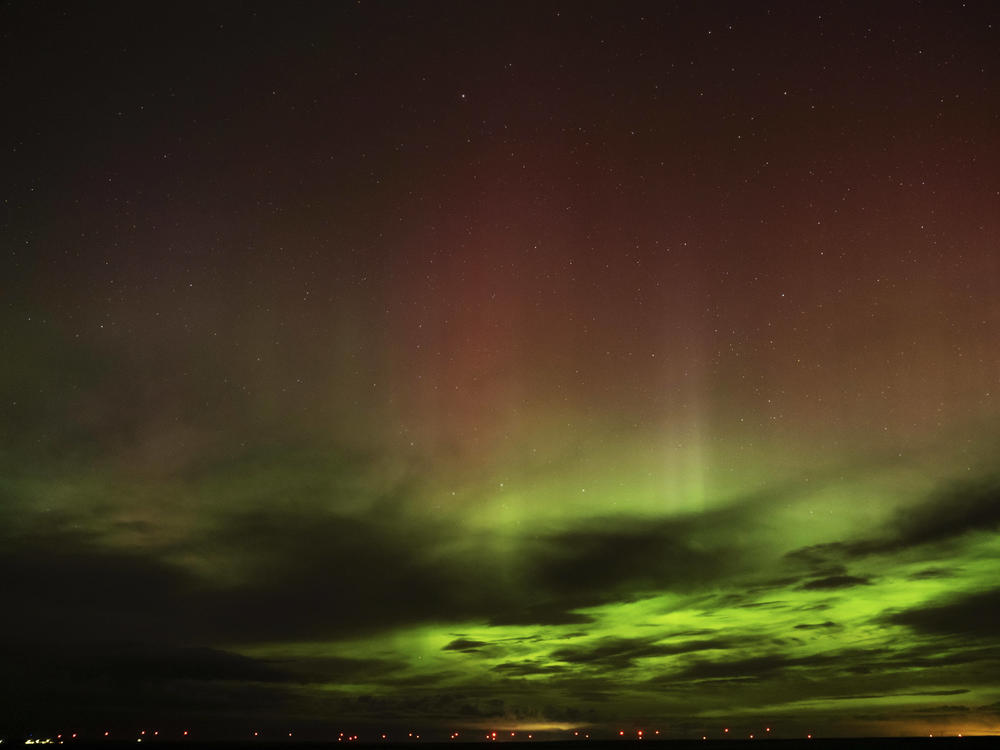Section Branding
Header Content
Stronger activity on the sun could bring more displays of the northern lights in 2024
Primary Content
Solar activity is expected to strengthen in 2024, which could activate more frequent displays of the aurora borealis, or the northern lights, according to the National Oceanic and Atmospheric Administration.
The sun is in its 25th solar cycle, a period of activity in its magnetic field that typically lasts about 11 years. The current solar cycle began in December 2019.
Scientists predicted at the start of cycle 25 that that solar activity would be relatively weak, similar to solar cycle 24. But an updated forecast shows the solar maximum, or peak activity, for the current cycle being reached sooner, from January to October 2024, and being much stronger than what was initially forecast.
"The caveat is that although we can say that solar activity is increasing and, based on previous solar cycles, that we should expect to see more examples of space weather, like the aurora, reliably forecasting such events is extremely difficult more than a few days in advance," Lt. Bryan Brasher, a project manager at the Space Weather Prediction Center, told NPR.
"Our prediction is that Solar Cycle 25 will still be below average but that doesn't mean that we won't see high activity," he added. "We've already had a few strong or severe space weather storms this year."
What causes auroras?
Auroras are visible when strong geomagnetic storms occur in Earth's magnetosphere. During these storms, a coronal hole – the spots that appear black on the sun – prompts high winds, which in turn, trigger coronal mass ejections, or CMEs. A CME projects plasma and pieces of the sun's magnetic field into its atmosphere.
Stronger disturbances around the sun can pull Earth's magnetic field away from the planet, and when the magnetic field snaps back, it causes Alfvén waves, which electrons sometimes cling to.
When those electrons reach Earth's atmosphere, they mingle with nitrogen and oxygen molecules, causing visible light that manifests as the aurora borealis.
Copyright 2023 NPR. To see more, visit https://www.npr.org.

